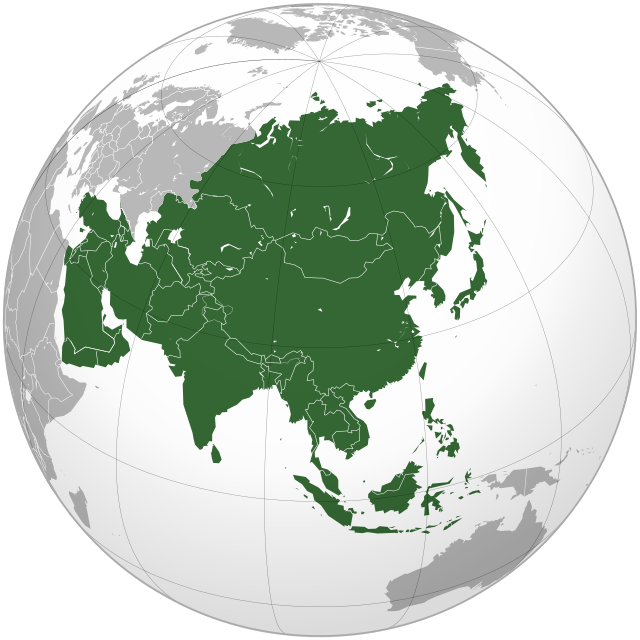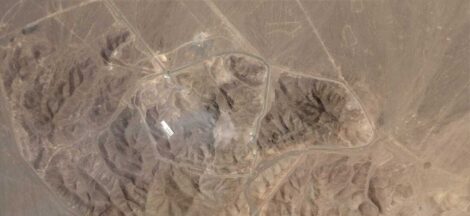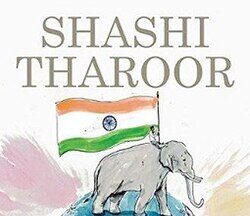A direct military confrontation involving Iran, Israel and the United States has unequivocally escalated, signalling a pivotal shift in West Asia’s long-enduring shadow war. Precision airstrikes by Israel, followed by coordinated U.S. raids on key nuclear and military targets in Iran—including facilities at Fordow, Natanz and Esfahan—have reshaped the regional security landscape.
The operation, as described by U.S. officials, involved Massive Ordnance Penetrator bunker-busters, marking America’s most overt engagement in Iran to date. Iran immediately responded with ballistic missiles and drone attacks on Israeli positions, underscoring the conflict’s transition from covert proxy clashes to overt warfare.
This trilateral engagement centres around Iran’s nuclear and missile capabilities. Tehran’s missile development—spanning from Shahab-1 in the late 1980s to the modern Sejjil medium-range system—serves both as strategic deterrent and regional power projection. These arsenals now face direct targeting amidst heightened U.S. and Israeli involvement.
Regional actors are reacting with a blend of alarm and pragmatism. Gulf monarchies, wary of being drawn into conflict, have condemned the strikes while fortifying defences and advising against further escalation. Some Gulf states are renewing diplomatic engagement with Tehran, reinforcing efforts to de-escalate and maintain regional stability.
Iran’s warnings to close the Strait of Hormuz have sent tremors through global energy markets, with Brent crude peaking above US$81 per barrel before adjustments and risking renewed supply volatility. However, analysts caution that historical precedent and OPEC+ buffer capacity may limit the damage, even if Iran pursues disruptive measures like maritime mining.
Beyond immediate blows, strategic ramifications are unfolding. U.S. engagement signals a significant departure from prior restraint on direct intervention. Israel appears determined to dismantle perceived existential threats posed by Iran’s nuclear program. Tehran, even as it threatens nuclear treaty withdrawal, remains mindful that closing the strait would imperil its own export revenues and aggravate international isolation.
Global powers are being drawn deeper into the fray. China has issued calls for de-escalation, warning that instability in West Asia threatens global peace, and while it maintains its policy of non-interference, it is cultivating diplomatic influence. Meanwhile, the European Union, UN and Russia have appealed for restraint and reinstatement of diplomatic channels.
This confrontation sets the stage for a volatile and complex future. Iran may respond by targeting U.S. bases and regional allies, leveraging missile and drone assets in the Gulf. Israeli and American forces, for their part, may prepare for further strikes aimed at degrading Iran’s nuclear infrastructure. Gulf nations remain caught between strategic alliances and economic interests, even as they brace for potential spillover.
Iran’s long-term strategy—shaped by its gradual missile build-up since the early 1990s—has centred on asymmetric deterrence through missile forces capable of reaching regional adversaries. The current military escalation places those capabilities under intense scrutiny and potential nullification.
Amid these shifts, the risk of a wider regional conflagration is acute. Proxy groups such as Hezbollah or Iraqi militias may become involved if they perceive existential threats, raising fears of conflicts in Lebanon, Syria, Yemen and Iraq—which would dramatically broaden the scope. Diplomatic avenues, including Gulf-led mediation and U.S.–Iran nuclear dialogue, face renewed urgency but uncertain prospects.




 Pakistani Nomination of Trump Sparks Outcry
Pakistani Nomination of Trump Sparks Outcry 